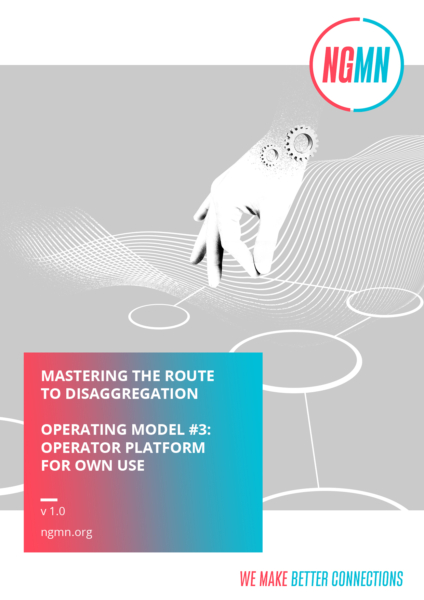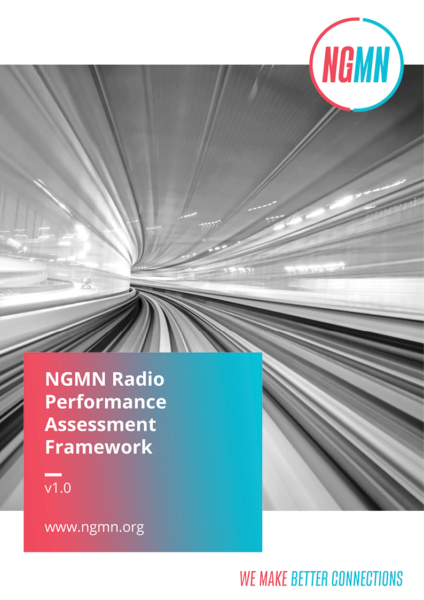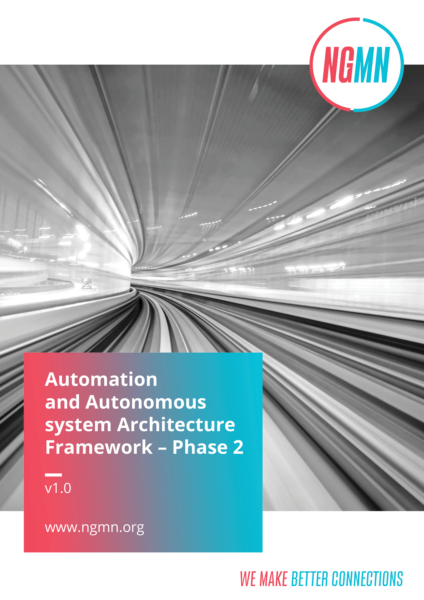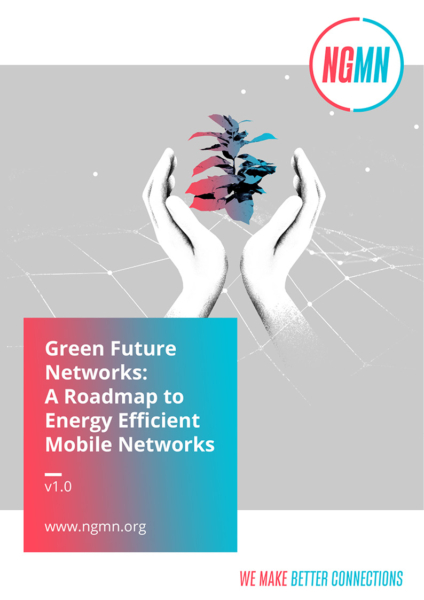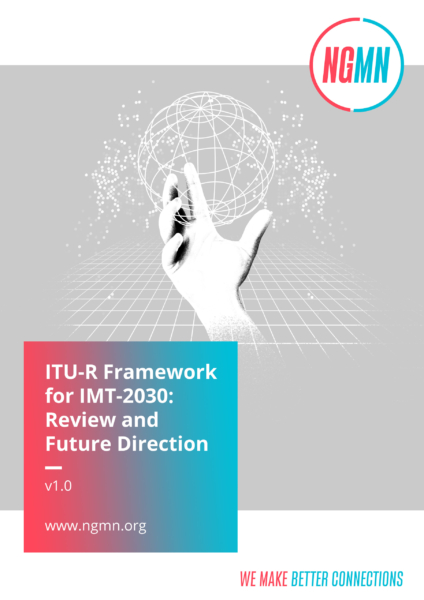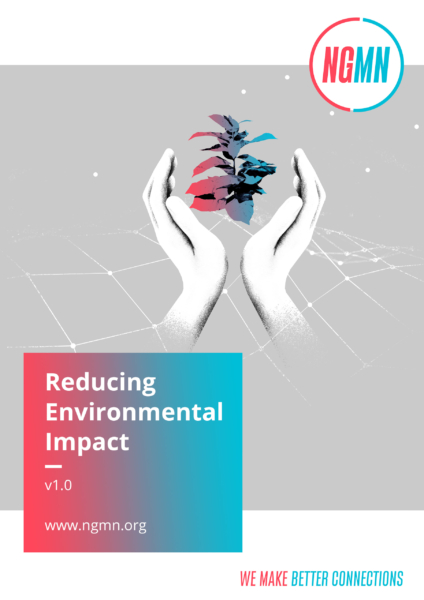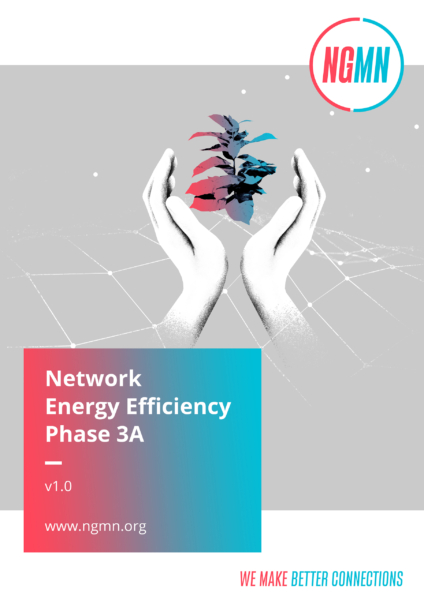Category: Publications
Operating Model #4 – Operator Led Platform Commercially Offered to Others
//in 2024, ODiN, Publications //by Juliya NaumovaAutomation and Autonomous system Architecture Framework – Phase 2
//in 2024, Network Automation and Autonomy Based on AI, ODiN, Publications //by Juliya Naumova
Green Future Networks: A Roadmap to Energy Efficient Mobile Networks
//in 2024, GFN, Publications //by Juliya NaumovaThis latest NGMN publication outlines 16 different energy saving techniques and intelligent solutions that are currently used or under development in the industry. Supported by real-world data, the publication highlights the energy saving potential of each solution and classifies each by type and by the time needed to develop and deploy them.
According to the publication, energy consumption can be reduced through process optimisations, engineering and operational improvements, and the deployment of recent technologies. This is the latest phase of NGMN’s Green Future Networks programme, building on the previous publications that addressed the short-term solutions that mobile network operators (MNOs) could deploy.
Green Future Networks: Metering in Virtualised RAN Infrastructure
//in 2024, GFN, Publications //by Nadine FassbenderBeing “green”, which entails energy efficiency and sustainability without compromising performance, is increasingly recognised as a hot topic and a prerequisite for enduring success today and in the future.
Through this publication, the NGMN Alliance delivers vital recommendations for industry standards, facilitating more precise and real-time estimations of energy consumed by virtualised or cloud-native network functions. It highlights the necessity of enhancing current 3GPP Virtual Network Function (VNF) / Cloud Network Function (CNF) energy consumption estimation frameworks for more precise measurement of energy consumption by VNF/CNF on shared IT/Cloud infrastructure.
Furthermore, the publication emphasises the implementation and the consideration by standardisation bodies of the Redfish® model published by DMTF as a starting point, and addresses the questions which data/parameters are measured, how, and which standards to align to.
Reducing Environmental Impact
//in 2024, Publications //by datenflussThis NGMN publication highlights how operators can assess the lifecycle environmental impact of their network infrastructure in terms of emissions, energy, and water footprint.
The report identifies the use of Lifecycle Assessment in relation to energy and emissions and demonstrates how to calculate Water Footprint. Based on these tools, strategies are outlined for how to manage and reduce the environmental impact by, for example, selecting and using materials in the design of network infrastructure that have lower emissions and energy requirements and by for example switching to data centre cooling methods that use less water.
The publication was developed with input from across the industry – with NGMN Partners representing operators, vendors, and research institutes.
Network Energy Efficiency Phase 3A
//in 2023, Publications //by datenflussIn recent years, Mobile Network Operators (MNOs) have faced a more complex business environment. Tightening energy markets as well as spikes in natural gas prices have contributed to a challenging energy landscape. The significant increase in MNOs’ operational costs impacted efforts to deliver on transformational connectivity goals and meet investment targets.
This NGMN publication was developed with input from across the industry – with NGMN Partners representing operators, vendors, and research institutes – and provides the MNOs with immediate and timely best practice energy saving and management techniques.
To mitigate high energy costs but also supporting the decrease of generated carbon footprint by lowering energy consumption, whilst simultaneously maintaining desirable network Quality of Service (QoS) and handling a continuous increase of data traffic volume.
Network Energy Efficiency Phase 2
//in 2023, GFN, Publications //by datenflussThe mobile industry through NGMN’s Green Future Networks Programme has come together to find solutions to increase network energy efficiency and enable operators to reduce their electricity consumption. In this publication we outline and prioritise the various options available to increase network energy efficiency. In particular energy saving approaches are organised into three broad categories (and time-horizons):
• process optimisations – short-term (chapter 2)
• engineering optimisations – medium-term (chapter 3)
• new technologies – long-term (chapter 4)
For each energy saving approach information is provided – based on data from live networks and/or simulations – on the size and scope of the potential energy savings.
CONTACT
NGMN Alliance e.V.
c/o Mindspace
Grünstraße 15 / 3rd floor
40212 Düsseldorf, Germany
Phone +49 211 540 596 005
office@ngmn.org
